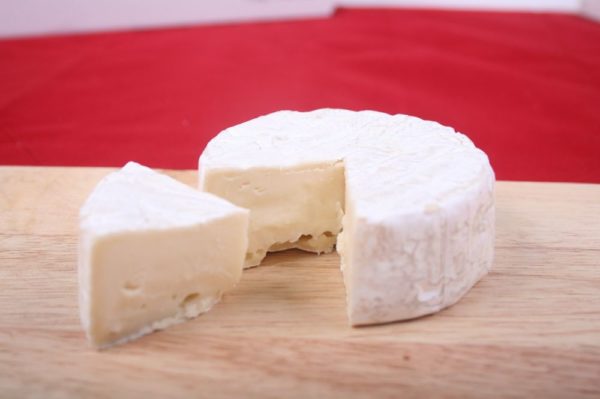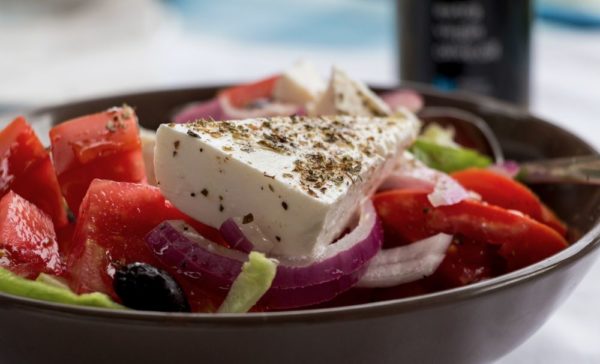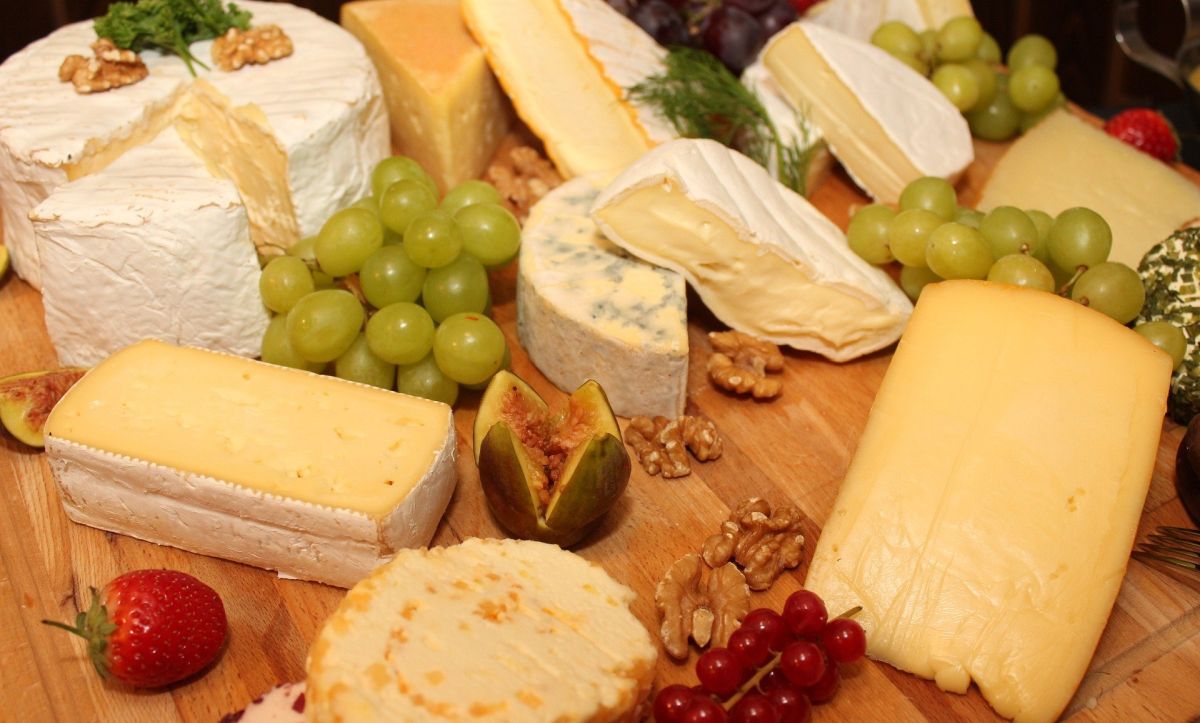Cheese is one of the things that most of us absolutely enjoy eating. But should you eat cheese if you have a fatty liver disease? We’re going to find the answer to this question in today’s article and see what approach works best here.
It would be ideal to stop eating cheese if you have a fatty liver disease or at least reduce its consumption to a minimum. Cheese usually has a very high fat content, especially saturated fats. And these fats are bad for a fatty liver.
However, like all things regarding the fatty liver, there are many variables and even opinion to take into consideration.
For those who love cheese, there are even some reputable voices claiming that some types of cheese can actually protect the liver!
For example, one study from 2016 had some impressive findings (on rats, not humans though).
During research, they found out that the group which was fed high amounts of Gouda cheese had lower cholesterol and tryglicerides levels than the control group. They actually found it reduced the amount of liver fat.
Of course, this is just one study made on rats – but it already offers support to the theory that cheese is not actually as bad for us as we considered it to be.
This might also support the fans of the Ketogenic diet (which I am not really a fan of). That diet also focuses on eating huge amounts of fat and there are many people reporting success in reversing their fatty liver following that diet.
However, other people are not ready to jump ship to the “all fat” diet. Others claim that even a high fat meal can do liver damage. Fortunately, the are not talking about cheese exclusively, but cheese is high in fat.
Is Cheese Good for fatty liver?
While I wouldn’t recommend you going to the extremes and making cheese a staple of your fatty liver diet, if you really like it, you might not have to cut it off completely.
Actually, it’s part of a healthy Mediterranean diet which is what I followed to reverse my fatty liver.

I am always the advocate of moderation. I think that most foods, if eaten without exaggerating, can be part of a healthy diet for fatty liver. This includes cheese.
I personally ate some cheese during my fight against NAFLD and still managed to reverse it.
However, I haven’t touched it for the first 2 or 3 months and afterwards I only ate very small amounts every now and then.
I also preferred some healthier alternatives – like low fat cheese, white cheese or Feta cheese to your regular one.
Not really sure if that made any difference… but it’s good to know how somebody who reversed it handled cheese consumption.
Finally, it seems that cheese that is fermented and has active ingredients (like Blue cheese or any cheese with live probiotics) are beneficial to one’s health. You can read some opinions about the healthiest types of cheese here.
And since not all cheese is created equal, I want to talk a bit about each of the different types of cheese you could have while fighting to reverse your fatty liver.
Fatty Liver: Low Fat Cheese Options
Not all types of cheese have a ton of fat. There are some specifically created to keep the fat counts low but resemble higher fats cheese, while others simply have low amounts of fat and are still incredibly delicious.
We’re calling all these low fat cheese types “Diet cheese” as this is how they’re referred usually.
These refer to reduced fat cheese that are safer to eat by those on a diet for reversing fatty liver. The ones that I use are (affiliate links below):
Other types of cheese are naturally low in fat and therefore safer to consume. We’re talking about Cottage Cheese here which usually has just 2% fat.
Make sure to check out the label before buying any type of cheese to make sure that there is indeed a low amount of fat.
IMPORTANT TIP: In order to make the fat content appear lower than it is, many brands choose to show you nutritional info per portion. Make sure to take that into account as well as most portions are WAY under 100 grams.
All in all, when it comes to reduced fat cheese, you should still have in mind that in most cases, we’re still talking about some 20 grams of fat in a 100g serving, which is still pretty much!
Better numbers than in most regular cheese, but still not something to eat regularly or in large quantities.
Fatty Liver Disease & Feta Cheese – Is It Safe to Eat?

I wanted to create a special chapter for feta cheese. I am a big fan of white cheese, actually and Feta is probably the most popular out there.
I prefer it to your regular Parmesan or other types of yellow cheese because it’s saltier and I consider it to go better with the tons of salads that I’m having.
It doesn’t have a ton of fat either (around 20% – but make sure to read the label as this varies from brand to brand), while having that creamy texture and strong taste that I really like.
The fact that it has probiotics makes it a bit healthier than other options (according to many articles, including this one).
All in all, while I wouldn’t go as far as recommending it to people suffering from a fatty liver, I will say that this is the type of cheese that I had almost exclusively since being diagnosed (and eventually reversing my fatty liver).
Still, it’s something that you should consume in minimal quantities.
Fatty Liver Disease & Cream Cheese
This is another type of food that many of us are having and wondering if it’s good for fatty liver.
Out of all options out there, I would say that I am mostly against it. The ones that you buy in supermarkets usually have additives (which are unhealthy) and the cheese itself is high in fat.
Sure, it is creamy and goes well in many situations, but I think that you have better options out there.
I personally switched to using low fat yogurt as a replacement for cream cheese (or butter and cream, depending on the situation) and it wasn’t very difficult to adjust to this.
So my personal recommendation here would be to completely eliminate cream cheese (and cream) from your fatty liver diet.
Conclusion
You know more about fatty liver and cheese consumption (or at least I hope I was able to tell you a few new things, at least).
As you saw, there are some types of cheese that are considered to be better options than others, so it’s not really a must to completely take them all out of your diet.
I think that, if you can, you should definitely do it though and at least reduce by a lot the amount you’re eating.
Don’t eat cheese every day and when you do, try to eat no more than 30 grams (0.06 pounds). That isn’t a lot, but it’s better than nothing!
Also, try to eat lower fat cheese and go for the one that’s fermented or has live probiotics for increased health benefits.

I was diagnosed with a fatty liver back in 2014 and managed to reverse it by mid-2015. Since then, I’ve been studying it, continuously updating my knowledge with the latest scientific findings and practical approaches to give others the help they need to reverse their condition.
My approach to managing fatty liver is holistic, balancing scientifically-backed information with real-life, practical advice based on personal, direct experience.
I am also the admin of the Fatty Liver Support Group on Facebook and the Fatty Liver Subreddit.


I wish people would learn more about their topic before the write an article. Cheddar cheese and hard cheese are great for your fatty liver. The way they are made (fermented) is good to help with liver disease too. According to the liver foundation cheddar cheese, sauerkraut and pickles are very good for our liver
As somebody who was not only diagnosed with, but also reversed fatty liver, I can safely say I know a thing or two about fatty liver. 🙂
It’s dangerous to say that cheddar cheese is good for the liver and have patients eat tons of it daily because it’s “good”. You need to eat it in small quantities and always part of a balanced, low fat (and low carb) diet, and it won’t do you any harm if you don’t eat it at all. Actually, since over-eating is very possible, I still believe it’s safer to stay away from it.
But yes, pickles and sauerkraut, as long as they don’t have any added sugar and are naturally fermented (not in vinegar), are really good too.
How much cheese is considered a small amount? I make ahead portioned nut and cheese trays. These contain about half a cup of nuts and about 6 half inch cubes of cheddar cheese. is that too much cheese?
I try to go with no more than 50 grams per serving. I think that the amount you’re having is good and you’re not overdoing it.
Hi Lyn
You wrote a great article. I am suffering with nafld. High Alt. I love my cheeses. I have cut down a lot. Just tried Grueyere cheese recently. Good. Your article tells me to eat cheese in moderation. Lynn keep up your good work Patrick
Thank you Patrick, I am really happy to hear that my articles are helpful! Good luck in your quest to reverse this!